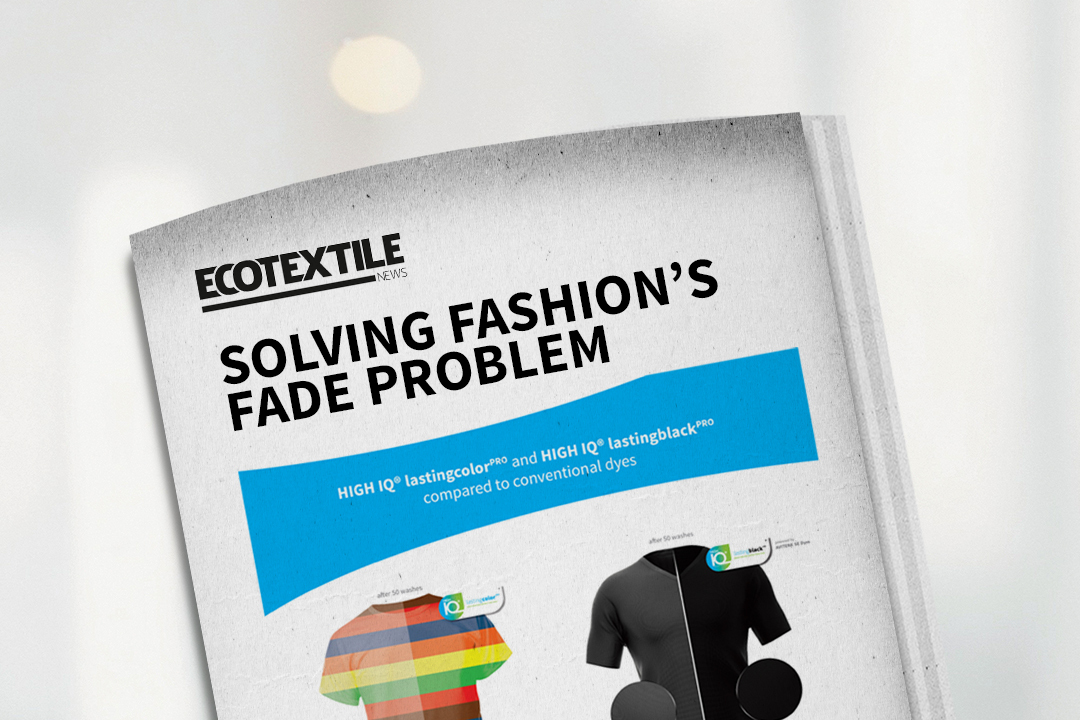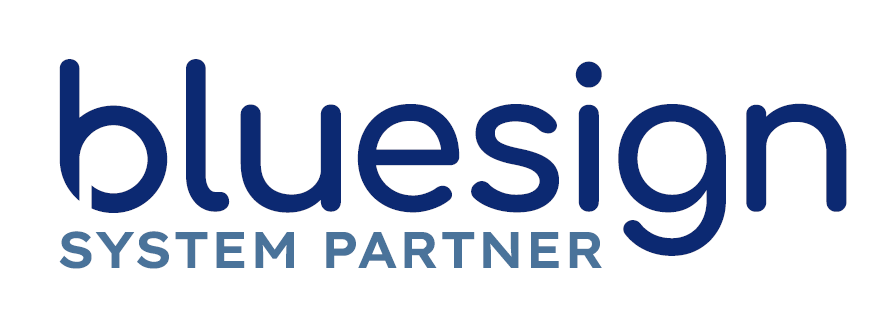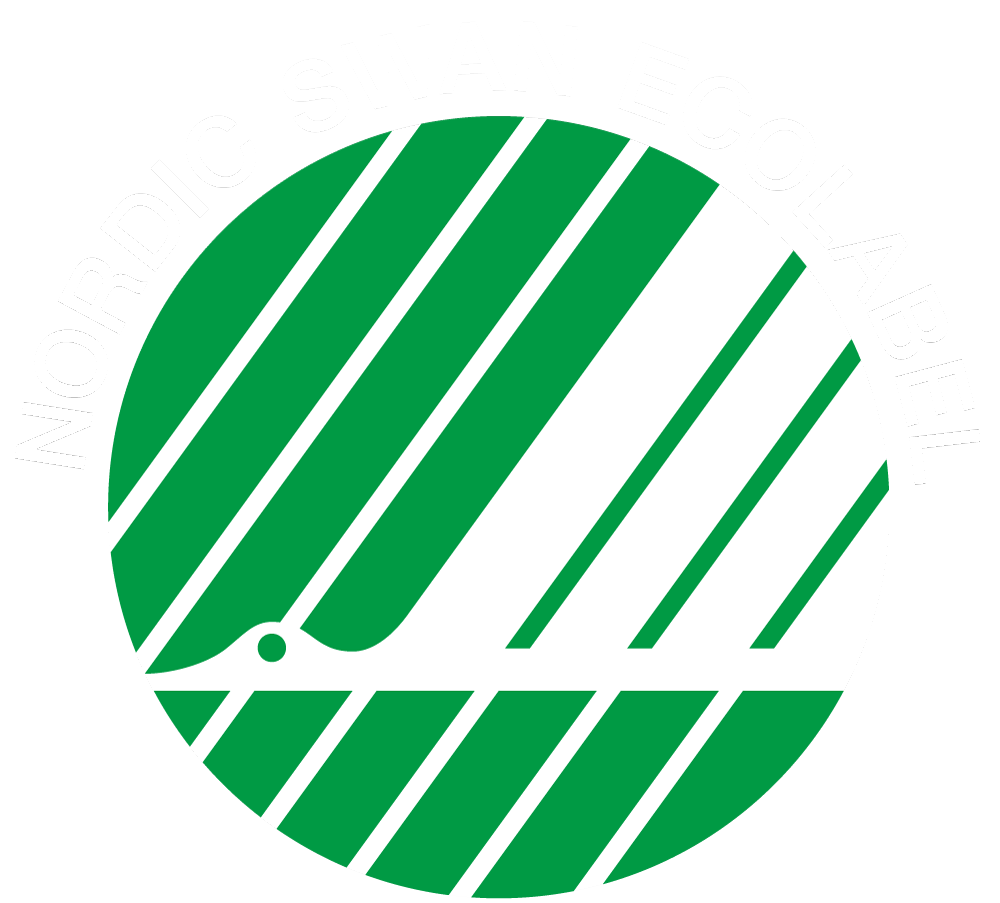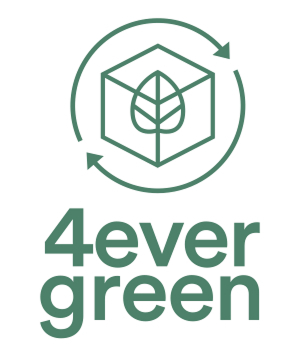Technical Expertise Empowers the Shift to Fluorine-free Rain and Stain Protection
While several proven PFAS-free technologies based on various chemistries are now available, a major issue is that no single PFAS alternative is suitable for all applications. Mills cannot simply upgrade to a single PFAS-free solution across all of their product lines; each alternative has different attributes and different production and processing impacts.
“The key is to adopt a ‘fit-for-purpose’ approach,” says Georg Lang, Market Segment Director Finishing, Archroma. “This means being very clear about the specific functionality required for the intended end use and understanding how each of the different PFAS-free alternatives works in order to deliver the right results with the right production parameters.”

At a minimum, brands that want to introduce or enhance products with PFAS-free water repellence have to consider the following:
- What level of waterproofing is required? For example, does this product need to repel everyday schoolyard stains or provide protection in heavy snow?
- How breathable does this fabric need to be? Ready for skiing at a resort or trekking in the tropics?
- Could the end user frequently wash or dry clean the product?
- Will the end product be subject to tough use, where higher abrasion or chemical resistance are needed, as would be the case for protective wear?
- Will it be subject to additional performance criteria demanded by OEM’s or country-specific standards, as would be the case for a car seat or a shelter tent, where flammability is a risk factor?
- Will other finishes be required for effects like sun protection for outdoor furniture fabrics or soft handle for premium fashionwear?
- What is the cost limitation for this product?
A further complication is how the PFAS-free product behaves in production. The new DWR treatment options can have unintended consequences when used without proper technical expertise – from adhesion issues to bonding weakness, seam slippage and chalk marks. Mills will have to grapple with challenges like color fastness, shade consistency and the potential for yellowing, and, at the same time, focus on optimum fabric preparation to minimize potential negative impacts from fiber processing or dyeing-auxiliary residue.

Making the right choice means balancing performance and cost with the most appropriate chemistry, recipe and application process. And this requires extensive production experience and expert technical support, as well as deep knowledge of the whole range of PFAS-free DWR alternatives.
“With the coming together of Archroma and Huntsman Textile Effects in early 2023, Archroma now has the industry’s best technical team, backed by the most extensive portfolio of C0 DWRs,” Georg explains.
“We bring expertise in the transition to C0 DWRs to more than 100 markets worldwide. Our teams work with mills as trusted partners, bringing extensive knowledge and skill to customize solutions meet our customers’ requirements from a cost and sustainability perspective.”

One of the strengths of the Archroma DWR portfolio is its breadth. This enables brands to adopt the right chemistry for a specific textile end-use—from tents and umbrellas to ski wear and school uniforms—while also optimizing production, achieving compliance and meeting customer expectations.
- ZELAN™ R3 is one of the best-known PFAS-free* technologies. Suitable for all types of fibers, it was introduced in collaboration with The Chemours Company in 2015 as the industry’s first renewably sourced DWR: Teflon EcoElite™ with ZELAN™ R3. It contains 63% plant-based materials and offers excellent water repellency and outstanding durability while preserving breathability.
- ARKOPHOB® NTR-40 is the latest addition to Archroma’s range of biocarbon-rich water repellent systems and ideal in combination with ZELAN™ R3 or another renewably sourced DWR that needs an additive crosslinker to boost wash and/or dry-cleaning resistance. Its biocarbon content of 40% meets the latest sustainable chemistry standards of bluesign® and makes it a preferred option for international brands that base their portfolios on advanced chemistry.
- PHOBOTEX® R-ACE is a next-generation PFAS-free* water-repellent finish that meets current and upcoming industry standards with performance comparable to formulations based on PFASs. Building on more than a decade of “C0” innovation, it achieves high repellency with the lowest-ever application rate, minimizing chalk marks, seam-slippage issues and harsh handle on synthetic and cellulosic fibers. It also contains 37% bio-based carbon content.
“PHOBOTEX® R-ACE is a perfect combination of excellent water repellency and extremely high wash-durability, with outstanding home laundry performance. It is highly suited to on-trend white garments and anywhere you need textiles that are breathable and soft to the touch. It also helps mills improve productivity with best-in-class runnability for faster trouble-free production and good reproducibility,” Georg continues.
Archroma will further extend the existing PHOBOTEX® range with the launch of a new product in early 2024 that provides durable water repellent effects on all fiber types, with the excellent runnability, soft handle and minimal risk of chalk marking that characterize the PHOBOTEX® range.
“Looking ahead, Archroma will continue to invest in developing, manufacturing, marketing and supporting new DWR solutions that are safe to use, wear and release. In partnership with other industry leaders like Chemours, we will continue to seek new ways to improve the environmental footprint of our DWR products while maintaining the high level of durability and technical performance that brands and their customers expect,” Georg concludes.
* Below limits of detection according to industry standard test methods.
More News & Stories

Solving Fashion’s Fade Problem
When garments lose their vibrancy after just a few wears or washes, consumers discard them prematurely. This undermines the fashion industry’s sustainability goals and negates brand investments in sustainable materials and production. Read on to find out how Archroma's HIGH IQ assurance program is the new standard for color performance.

Archroma’s Upstream Shift Signals a New Era for High-Contrast Denim Finishing
The fashion industry’s demand for distressed denim often clashes with reliance on potassium permanganate, heavy bleaching, and water-intensive laundering. TexFash spoke with our Denim team to unravel the story and thoughts behind the award-winning DENIM HALO concept. Read on to find out more.

Full Value Chain Collaboration - The Fastest Way to Sustainable Packaging
I recently asked a fellow packaging professional for their take on the industry’s progress towards sustainable packaging. The answer — “It’s rather like building a plane while you’re flying it” — succinctly captures the prevailing combination of complexity and urgency that all players in the value chain are faced with. There’s much to do in a limited time.

Engineered for every active pursuit—and the planet
Rising consumer expectations are pushing mills and brands to adopt new strategies to stay competitive. Durability, comfort and sustainability are now essential, and all must work hand-in-hand. Archroma’s SUPER SYSTEMS+ solutions are designed to meet this new standard.
Archroma are proud members and/or partners with the following organizations

















